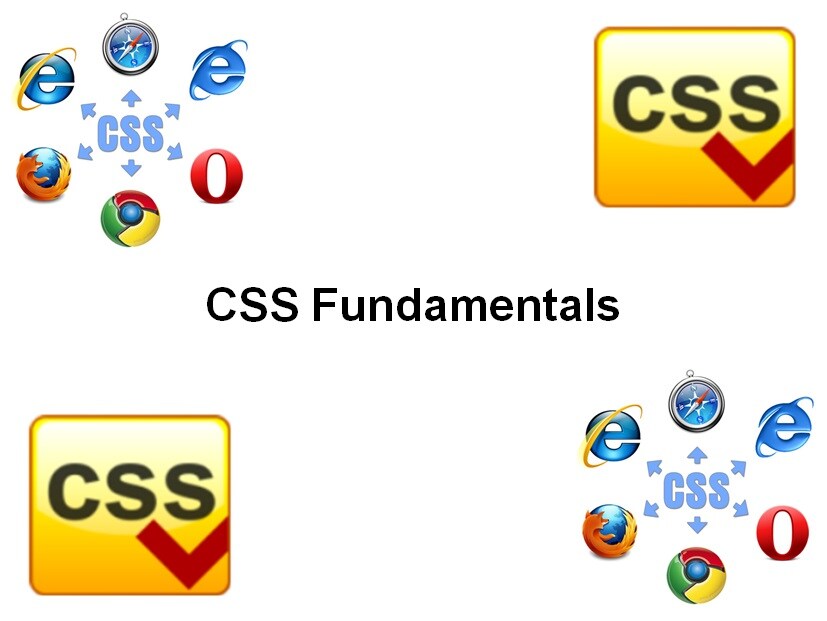-
Learning by doing
-
Trainers with practical experience
-
Classroom training
-
Detailed course material
-
Clear content description
-
Tailormade content possible
-
Training that proceeds
-
Small groups
In the course CSS Fundamentals participants learn to use Cascading Style Sheets (CSS) for the layout and style of HTML Web pages. CSS determines how HTML elements are displayed in the browser. Typically CSS styles are included in separate CSS Style sheets and HTML pages refer to these style sheets. Different HTML pages in a Web Site can thus be linked to a single style sheet, making it easy to adjust the styling at a central point.
The course CSS Fundamentals starts with an explanation of the basic principles of CSS. This includes how CSS selectors select HTML elements based on ID or class attributes or their position in the hierarchy of the page and then apply styling to them.
Next the CSS syntax is treated in more detail on the basis of the layout of text with colors, fonts and backgrounds. The cascading aspect of CSS and the inheritance concept is also covered.
Attention is also paid to the CSS Box Model. While laying out an HTML page, the rendering engine of the browser represents each element as a rectangle according to the CSS Basic Box Model with a margin, padding and an outline.
The course program also describes how CSS can be used to control the layout of the page. Elements have default block or inline display values but this can be changed with CSS. Other CSS layout attributes such as float or overflow are discussed as well.
Then it is treated how CSS can control the representation of tables, list and grids. Attention is paid to the various gap properties that are used.
Finally a number of advanced applications of CSS are covered, such as applying round corners, working with shadows and color gradients. 2D and 3D transformations with CSS3 are also discussed in this respect.
The course CSS Fundamentals is designed for persons who wish to learn the usage of CSS for the styling of Web Pages.
To join this course is no specific skills or knowledge is required.
The concepts are treated with the help presentation slides. A demo Web site is used to clarify the concepts. Attention is also paid to hands-on exercises. The course material is in English. The course times are from 9.30 up and to 16.30.
Participants receive an official certificate CSS Fundamentals after successful completion of the course.

Module 1 : CSS Intro |
Module 2 : Text and Fonts |
Module 3 : CSS Box Model |
|
What is CSS? CSS Standard CSS Syntax CSS Selectors Basic Selectors CSS Rules Styling in Place Internal Style Tag External Style Sheets What is Cascading? Checking Browser Support Caniuse Site |
Working with Fonts Formatting Text Font Families Font Style and Size Font Color Font Web Safe Font Fallbacks Text Alignment Text Decoration Text Transformation Borders CSS Backgrounds |
Basic Box Model Margin Edge Padding Edges Content edge Border Edge Margin Collapsing Box Background Containing Block CSS Outline Outline Shorthand Outline Offset Outline Width |
Module 4 : CSS Layout |
Module 5 : Tables and Grids |
Module 6 : CSS Advanced |
|
Layout Concepts display Property Block Level Elements Inline Elements Units of Measurement width and max-width Element Positioning Position and Overflow float Property Overflow inline Blocks |
Table Borders Table Styles Collapsing Borders Full-Width Tables Styling Lists Navigation Bar Grid Layout Grid Elements Grid Columns CSS Counters CSS Links |
CSS Rounded Corners CSS Combinators Pseudo Classes Pseudo Element CSS Gradients CSS Shadows Text Effects CSS Resets CSS3 Transformations 2D Transforms 3D Transforms |
